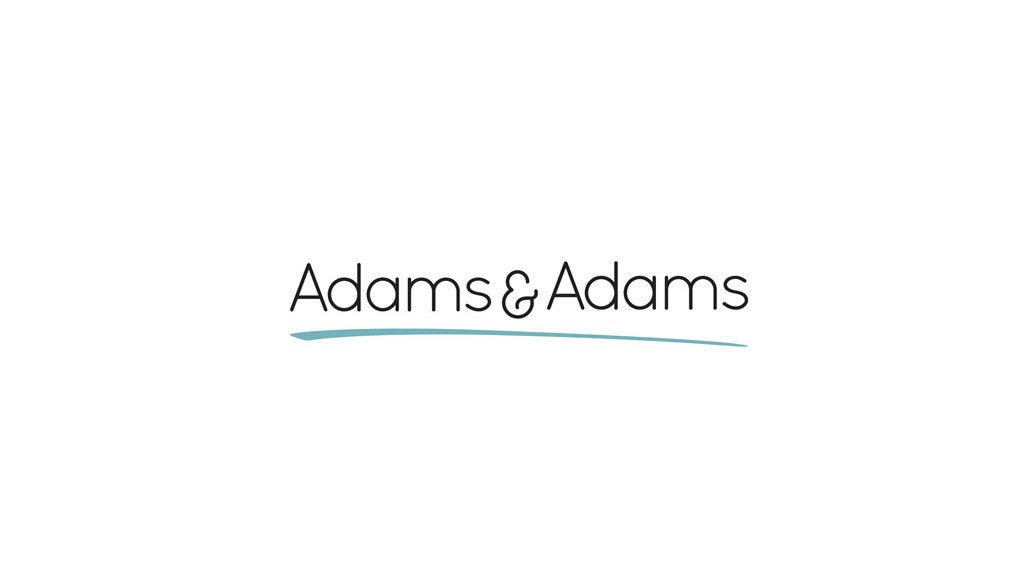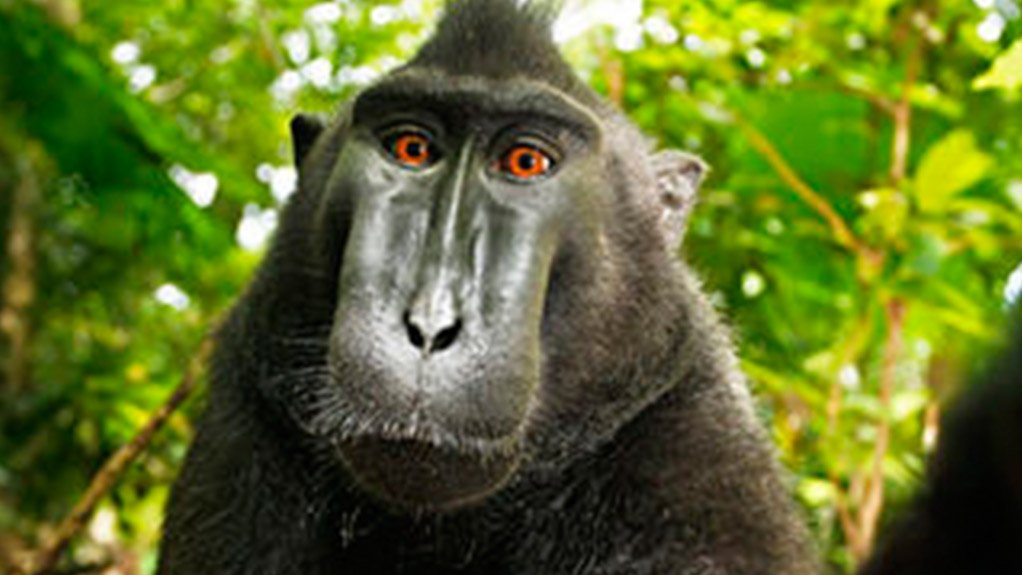In 2011, nature photographer David Slater was in Indonesia with the aim of obtaining a winning shot of a crested black macaque. It really was a case of “lights, camera and action” when one of the animals grabbed a camera and took a host of “selfies”, resulting in the winning shot Mr Slater was after.
As to be expected, most of the monkey photographer’s photographs were out of focus and not aimed at anything in particular, but a few fantastic shots were captured when the budding photographer/model gazed playfully into the lens. The incident has recently received much media attention, particularly in light of popular culture’s current infatuation with the “selfie”.
As always where creativity is involved, even if it is that of a mischievous monkey, the law of intellectual property comes into play.
The legal issue
Wikimedia has added the rather intriguing image to its online collection of royalty-free images (which are freely available to the public), and has refused Mr Slater’s requests to remove the image and not use it without his consent.
Wikimedia argues that the image is in the public domain as it was taken by a monkey, who is therefore the author of the copyright work but, being a monkey, cannot be said to own it (legal ownership is, after all, a human concept). Mr Slater argues that he made all the necessary arrangements that resulted in the image being taken, incurred significant costs to travel to Indonesia in the first place and should therefore be compensated for the use of this image. He claims that he owns the copyright.
Copyright in photographs: South African law
To avoid the monkey business that may ensue should we argue in favour of “non-human” intellectual property rights, and with no comment on the merit of monkeys asserting copyright ownership, let us examine, in general terms, the position in South Africa regarding the ownership of copyright in photographs so that we humans are, at least, well-informed.
Copyright is an automatically subsisting right. In other words, and generally speaking, as soon as the work in question is reduced to a material form, copyright exists, and it is not necessary, or indeed possible, to obtain a registration for the copyright. Generally, the author of a work, being the one who made it, is the owner of the copyright. However, the question of authorship can often be more complex than merely considering who “made” the work. There are, for this reason, particular provisions relating to certain works, including photographs, to clarify this.
The Copyright Act of 1978 designates the author of a photograph as being the person responsible for the composition of the photograph. This would mean, for example, that it is not necessarily the person who took the photograph by clicking a button, but rather the person who directed the content of the photograph (and therefore whose artistic vision it embodies), who is the “author”.
In the monkey case, there is therefore at least some avenue for Mr Slater to argue that he was responsible for the composition of the photograph although, given the peculiar circumstances under which it was taken (and if the monkey photographer had been inclined to assert her authorship), the monkey (or Wikimedia in this case) may very well be able to argue that she was responsible for the composition of the photograph as she took no direction from Mr Slater when she went on a “selfie” spree.
Mr Slater argues, in part, that he made all the arrangements that resulted in the photograph being taken and should therefore be the author, and owner, of the copyright. It is true that certain copyright works, such as sound recordings and cinematograph films, have as their authors the person by whom arrangements were made for the making of the sound recording or film. Mr Slater’s copyright claim might therefore have been cut and dried had the monkey’s artistic endeavours included the use of the video feature of the camera. Having made all the necessary arrangements for what might have been a very popular and amusing YouTube clip, he would have owned the copyright in the ensuing film and soundtrack. Unfortunately, at least in South Africa, “making arrangements” does not impart authorship in photographs, and the merits of Mr Slater’s argument may therefore be doubtful.
In the case of a photograph that has been commissioned, the Copyright Act provides that it is the person who commissions the taking of the photograph and pays for it (or agrees to pay) in money or money’s worth, and the work is made in pursuance of that commission, who owns the copyright in the photograph.
In the monkey case, had Mr Slater been commissioned by National Geographic to brave the forests of Indonesia for a winning image of a crested black macaque, National Geographic would own the relevant copyright and, bizarrely, the peculiar non-human intellectual property issue might not have been an issue at all. Wikimedia might, however, in that case try to argue that the work was not made in pursuance of the commission.
The position regarding who the “author” of a photograph is differs from country to country.
Concluding thoughts
Should Mr Slater be able to take advantage of the image that was taken on his camera, and at his cost, even though it was taken by a monkey?
Although we might have sympathy for him, and empathise as he describes the difficulties faced by nature photographers who might labour for an entire year and come out of it all with just one winning image, there is an argument that the particular work that ensued was not a result of his artistic vision and efforts, but rather what one might call a “happy accident”. Mr Slater did not hand his camera to the monkey, sensing her talent as photographer/model, and did not foresee that a superb selfie would ensue.
That being said, perhaps Mr Slater could argue convincingly that, although he did not hand the camera to the monkey, once he saw that she had it, inspiration struck him, he influenced her movements to encourage the famous selfie, and he was therefore responsible for its composition and is its author. Perhaps then he may have a shot at succeeding in his claim and, at least in South Africa, Mr Slater may be able to restrain the use of the image (particularly since the other party to the incident in question is unlikely to give testimony to the contrary!*).
Interestingly, in an extensive report of the US Copyright Office discussing federal copyright law, the US Copyright Office has indicated that it will not register works “produced by nature, animals or plants” and, as one of the examples of such works, it mentions “a photograph taken by a monkey”. As the report comes a few weeks after the media storm surrounding this matter, one might conclude that this reference has been made specifically with Mr Slater’s case in mind.
* For the monkey’s take on things, see the following link: http://www.newyorker.com/humor/daily-shouts/statement-monkey
Written by: Nicole Smalberger, Senior Associate
Verified by: Kelly Thompson, Partner, Adams & Adams
EMAIL THIS ARTICLE SAVE THIS ARTICLE
To subscribe email subscriptions@creamermedia.co.za or click here
To advertise email advertising@creamermedia.co.za or click here













